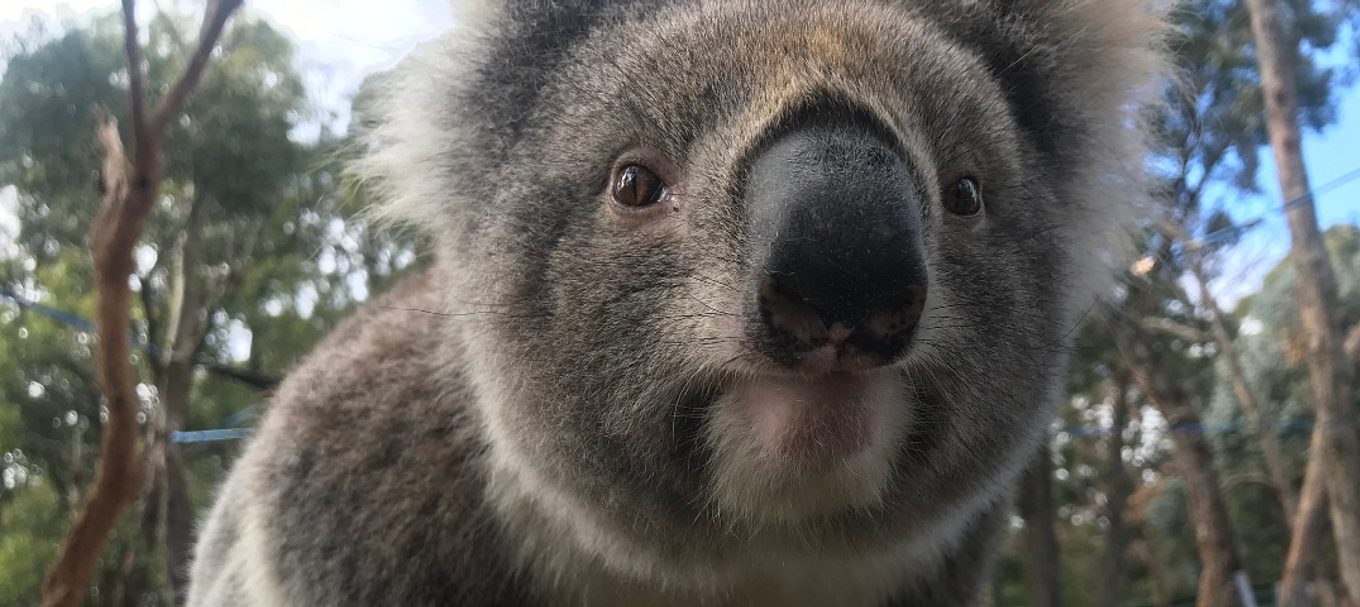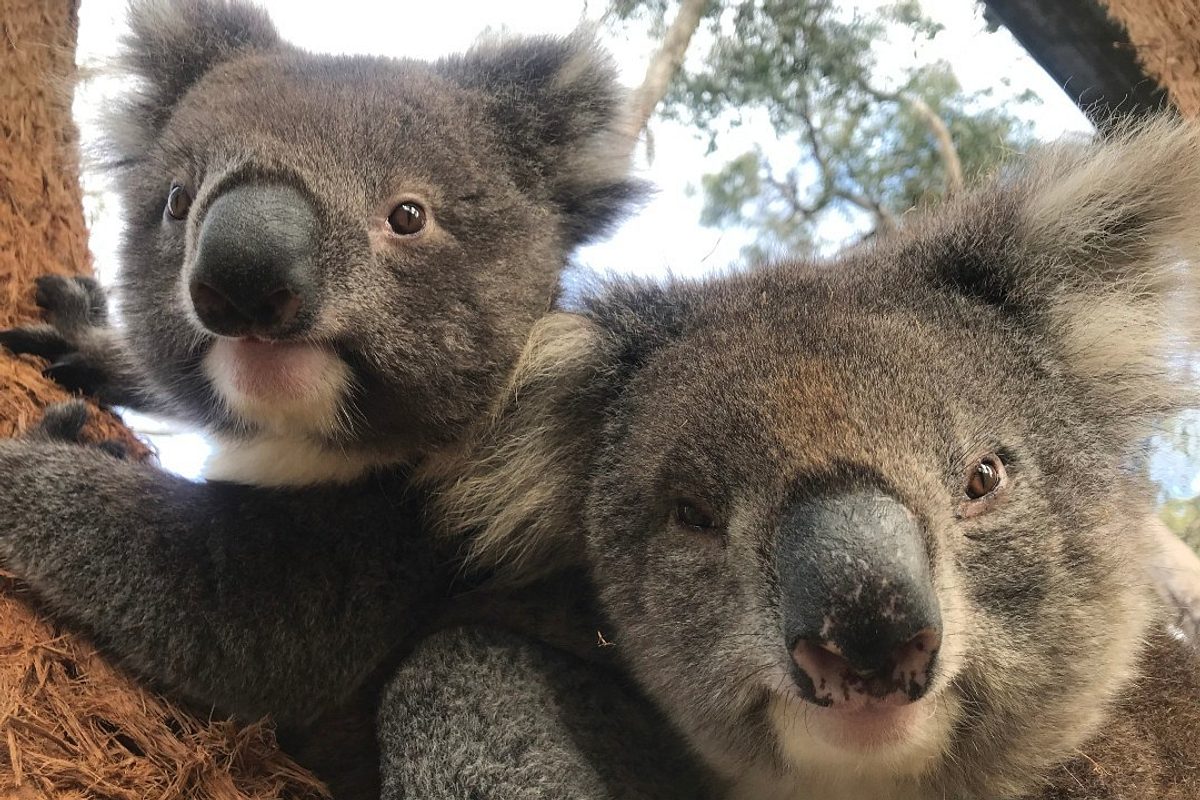
Find out how the koalas relocated to Cleland after South Australia’s bushfires are faring
The 2019-20 summer bushfires burnt nearly 300,000 hectares across the state – including about 200,000 hectares on Kangaroo Island and 23,000 hectares in the Adelaide Hills – misplacing thousands of native animals, like koalas.
A statewide rescue of about 600 koalas was led by the South Australian Veterinary Emergency Management (SAVEM) team, with more than 40 relocated to Cleland Wildlife Park for rehabilitation.
The koalas taken to Cleland came from the Adelaide Hills and Kangaroo Island. The relocation prevented them dying from starvation due to habitat loss and provided care to those injured.
Many of the koalas are still living at Cleland, and those that came from Kangaroo Island now form part of a special disease-free koala population on mainland SA.

What’s so special about the Kangaroo Island koalas?
The koalas rescued from Kangaroo Island are special because they are free of chlamydia and most are free from koala retrovirus (KoRV).
Chlamydia is a bacterial infection. It is a significant disease causing death in koalas, and is a contributing factor in koalas being under threat in northeast Australia – Queensland, New South Wales and the Australian Capital Territory.
KoRV is commonly found in koalas across Australia. The impact of the virus is not totally understood, but it has been associated with immune changes and diseases.
The rescued disease-free koalas are an important population for vital koala research to ensure the species’ long-term survival.
How are the rescued koalas faring?
Cleland Wildlife Park has more than 50 years of experience caring for koalas.
The park’s vets and staff have extensive knowledge in caring for koalas and other native animals, and have earned international recognition for their koala care.
Generally the koalas rescued from the 2019-20 summer bushfires suffered a high mortality rate because of the effects of burns, stress and smoke inhalation.
The vast majority of the bushfire-rescued koalas in care at Cleland survived. A few succumbed to their injuries, one Adelaide Hills koala was healthy enough to be re-released to the hills, and the rest remain in care at Cleland Wildlife Park.
Australian Armed Forces help rescued Kangaroo Island koalas at Cleland Wildlife Park
How can you help?
You can help these rescued koalas by donating to the International Koala Centre of Excellence.
Want to learn about some of the other species affected by the summer bushfires on Kangaroo Island? Read aboutKI dunnarts,glossy black-cockatoosandplatypuses.





